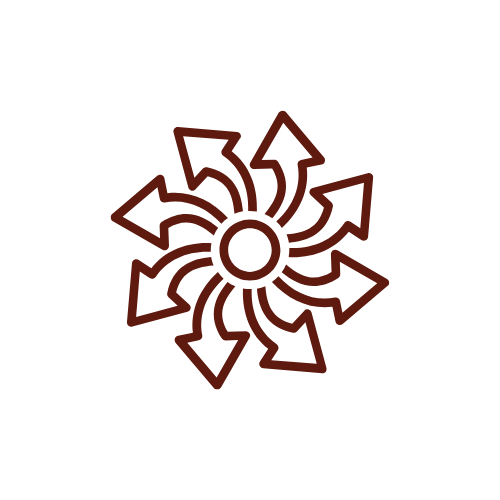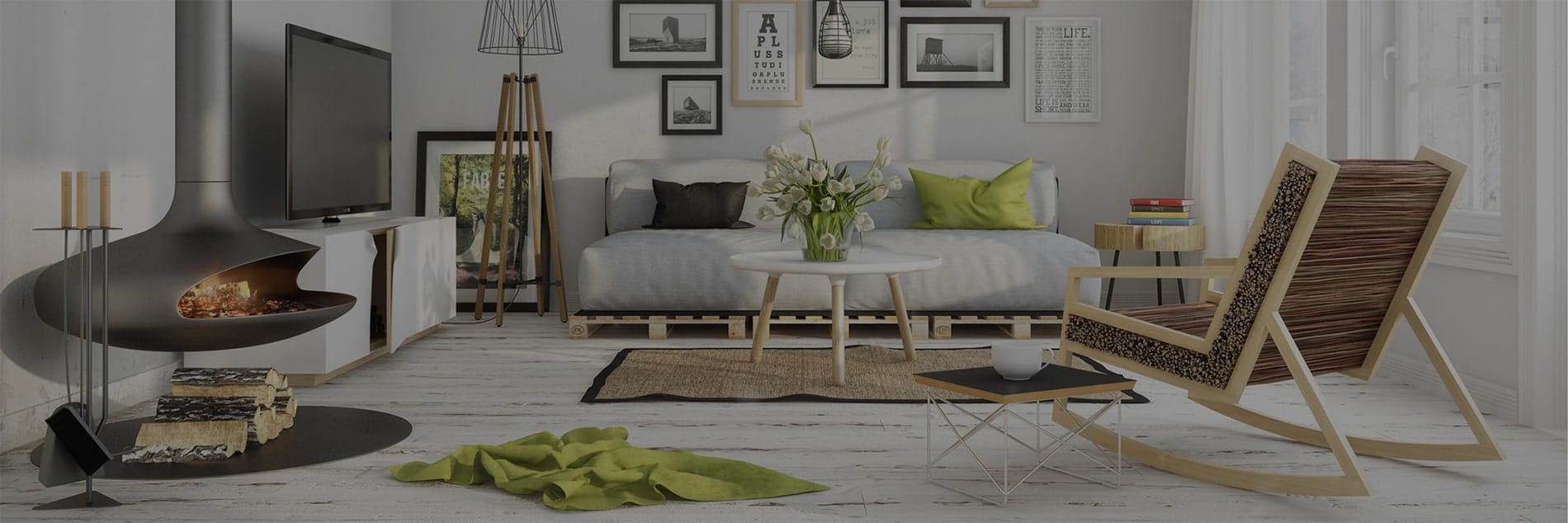Top 7 Benefits of Investing in Teak Wood

Teak wood is one of the few materials that gains value as it ages. Thanks to its natural oils, dense grain, and all-weather resilience, teak delivers decades of beauty with minimal upkeep, making it a smart, long-term investment for homes and outdoor spaces.
Why teak is different?
Not all hardwoods are equal. Teak (Tectona grandis) naturally contains protective oils and a tight, silica rich grain. That combo makes it resistant to rot, warping, cracking, pests, salt air and harsh sun without heavy chemical treatments. In simple words: teak stays beautiful, stays strong, and stays around.

Decades-Long Durability (True “buy it once” value)
Teak is famously dense and dimensionally stable. Well-built teak pieces routinely last 20–50+ years, even outdoors. That longevity spreads your upfront cost over many seasons, which is why architects and yacht builders rely on it. If you prefer purchases that outlive trends, teak is the archetypal “buy it once” material.

Built-In Weather & Pest Resistance
Those natural oils are like an organic raincoat. Teak sheds water, resists salt spray, and deters termites and wood-boring insects no monthly chemical rituals needed.

Low Maintenance
Love warm golden brown? Lightly oil once or twice a year. Prefer a coastal silver-grey patina? Let it weather naturally no damage done. Either way, routine care is minimal: gentle washing with mild soap and a soft brush.

Timeless Aesthetics
Teak’s grain is straight, elegant, and never shouty. It plays nicely with modern, Japandi, classic, and rustic interiors. Over time, it develops a refined patina that designers pay extra for meaning your furniture can actually look better with age.

Strong Resale
Because teak is recognized for longevity and finite supply, well-kept pieces hold value remarkably well in resale markets. Classic silhouettes (wing chairs, extendable tables, lounger sets) and visible joinery tend to command the best prices.

Sustainable Choice (When You Buy Right)
Look for certified or responsibly plantation-grown teak. Managed plantations replant after harvest, support local economies, and ensure traceability. Durable materials that don’t need frequent replacement are, by definition, the greener option.

Versatility Across Spaces
One material, many roles: outdoor dining, indoor consoles, bathroom benches, bed frames, kitchen stools, yacht decks the list goes on. Teak’s stability in humid and hot environments lets you use it where other woods fail.
Teak vs Other Popular Woods (at a glance)
| Feature | Teak | Sheesham (Indian Rosewood) | Mango Wood | Acacia |
|---|
| Outdoor resilience | ★★★★★ | ★★☆☆☆ | ★★☆☆☆ | ★★★★☆ |
| Pest resistance | ★★★★★ | ★★★☆☆ | ★★☆☆☆ | ★★★★☆ |
| Maintenance needs | Low | Medium | Medium | Medium |
| Long-term value | High | Medium-High | Medium | Medium-High |
(General guidance; actual performance depends on build quality and care.)
How to Identify Quality Teak (avoid “teak-washed” lookalikes)


